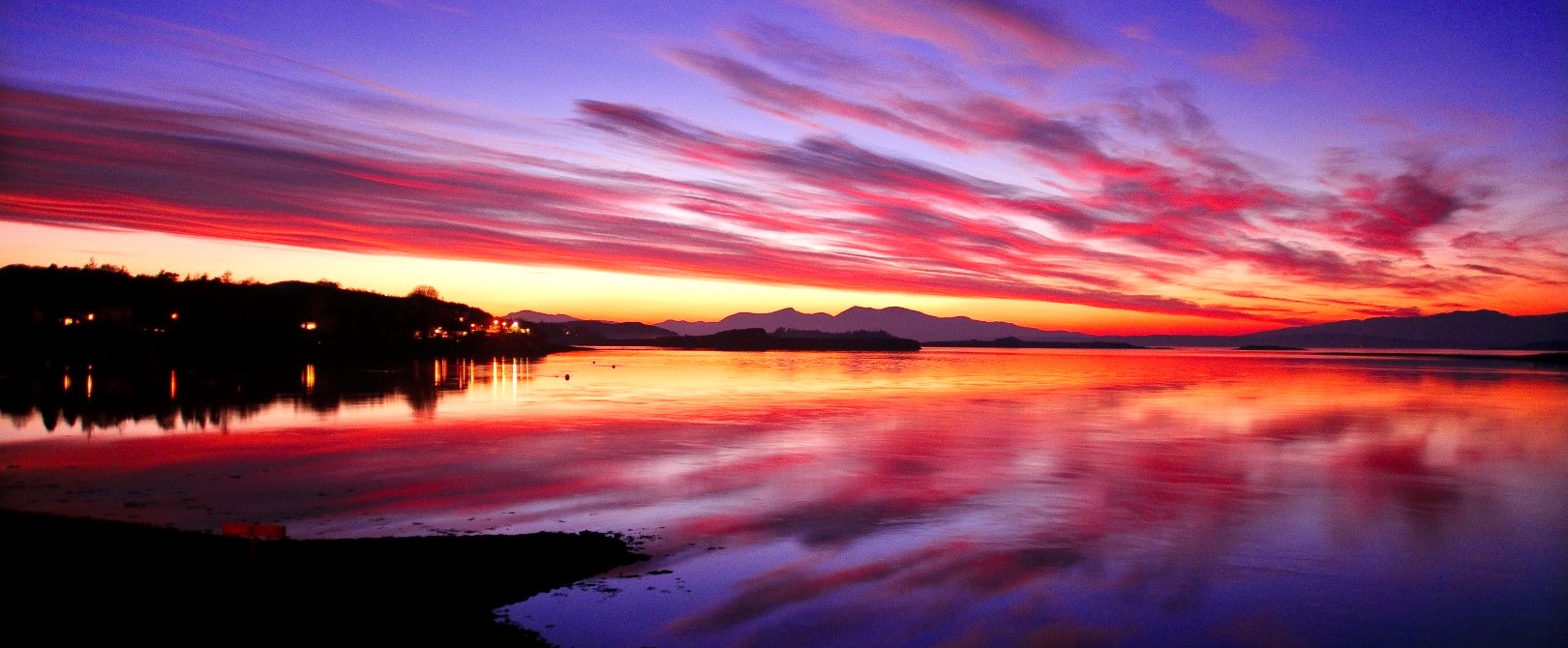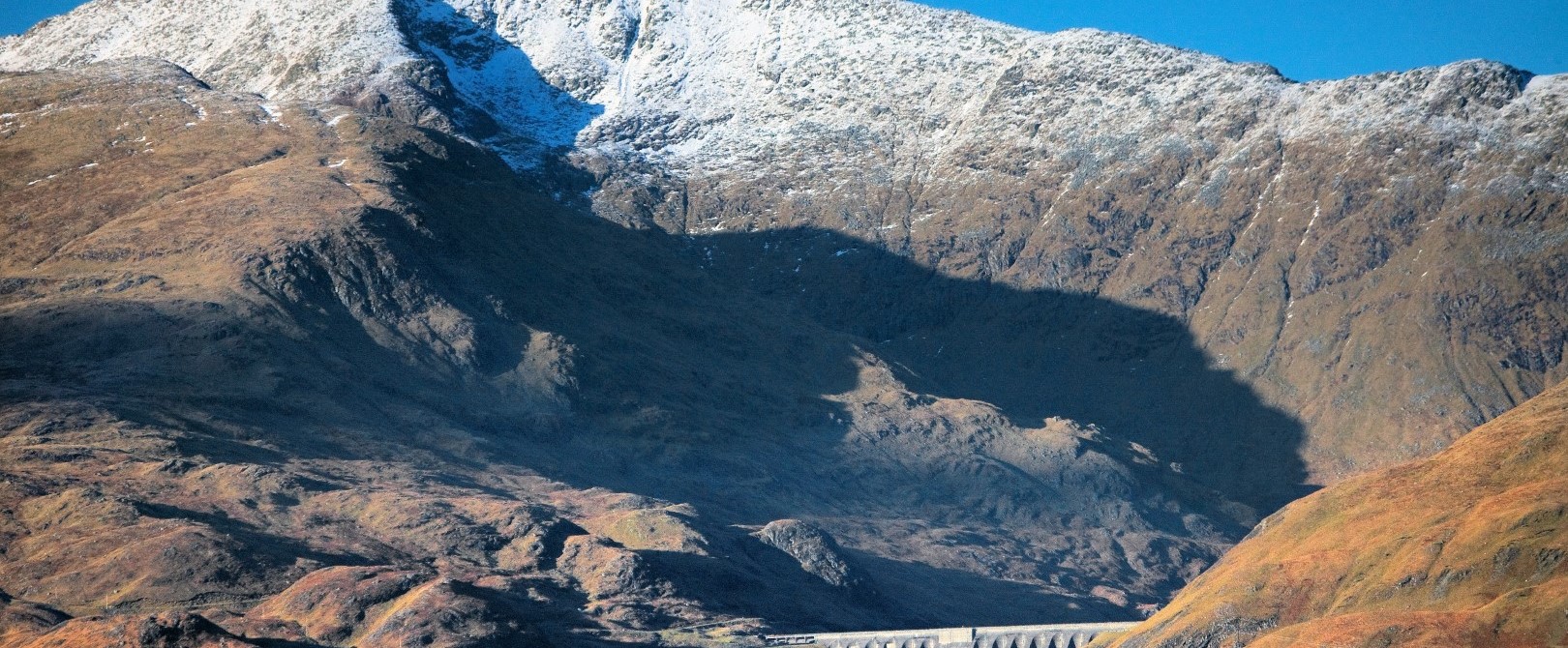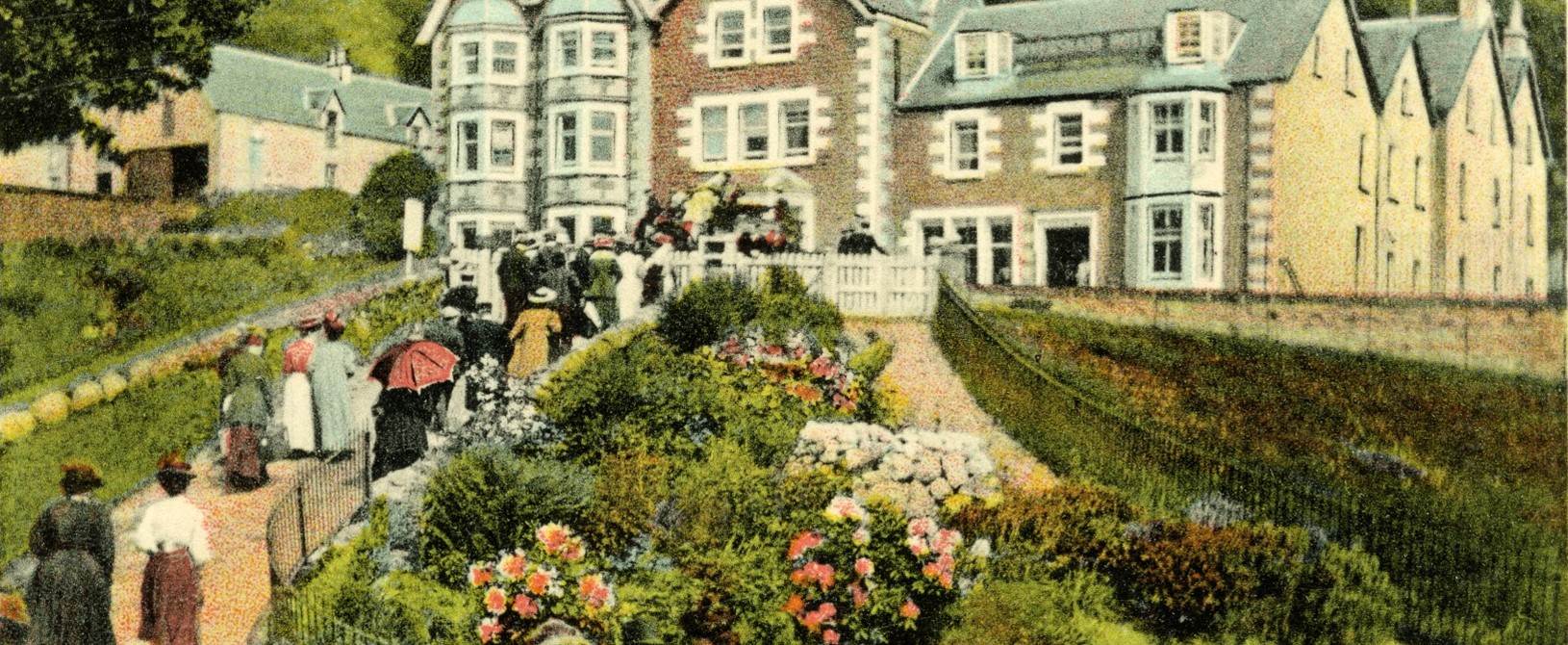Issue 53, Spring 2021

In the summer of 1966 I finally finished an arduous three year course at the Torquay Hotel School and, together with my new wife Ann, boarded the aging SA Oranje in Southampton en-route to Durban to take up the position of Assistant Manager at the Mayfair Hotel. I remember that there was a popular Nina Simone record that was often played during the course of that three week voyage and the lyrics seemed to be so right at the time - ‘It’s a new dawn, It’s a new day, It’s a new life for me, And I’m feeling good’. And now, here we are at the beginning of a New Year full of hope and expectation after such a dark period of worry and uncertainty and that song seems to be as appropriate now as it was then.
There were many things that we have all missed during the lost year of 2020, but for me and I suspect for many others, travel and holidays would be fairly high on the list. It is that change from familiar surroundings and regular routines that stimulates the mind, provides us with memories and above all, promotes the human interaction than can never be replaced by phone calls, Zoom or Skype.
Perhaps we may find that there will be another positive when all the restrictions have finally ended, and that is after such a long period of being denied the freedoms and pleasures that we once took for granted, we will come to value and appreciate them all the more.
I am sure that in several of the previous 52 newsletters I have written over the years, I will have mentioned that all of us at Lochs and Glens are looking forward to welcoming our guests back to Scotland during the forthcoming season but, never before will it have been said with such depth of feeling.
After looking through our image library for a photo that would symbolise this new era that we are entering, I chose this dramatic view of the island of Mull that I know many of our guests will have visited. It should represent the new dawn and new day that I referred to earlier, but I am sorry to say it’s of a sunset! You can’t win them all!
Michael Wells OBE, Chairman
Cruachan Power Station

Hidden deep below an iconic Scottish mountain lies the remarkable Cruachan Power Station housed in a gigantic manmade cavern so high that it could accommodate the Tower of London.
Popularly known as the Hollow Mountain, Cruachan was constructed between 1959 and 1964 by a team of over 4000. The actual excavation was carried out by an elite 1,200 multi-national workforce known as the Tigers. The back-breaking work was arduous, 24 hour or even 36 hour shifts were commonplace and the risks were high, in fact 36 men died during the construction. However, the pay was excellent and many would earn more in a year than they could otherwise earn in a lifetime.
Electricity is generated from turbines by water from the Cruachan reservoir, 1,300 feet above, (see top photo). The design is unusual as, during periods of low demand when there is a surplus of power in the National Grid, electricity is used to pump water back up to the reservoir from Loch Awe ready to meet the peak demands the following day. Remarkably the generators can go from stand-still to their full power of 440,000 kilowatts in just two minutes.
A power station might not normally be top of your must-visit list, but an excursion deep into the Cruachan turbine hall will be unforgettable.
An electric bus will take you through a kilometre of tunnels carved from solid rock. Here you will find yourself in a different world, a place so warm that sub -tropical plants grow. Finally you will arrive in the visitors gallery where your guide will tell you the story of the station’s history and construction.
As you look down on the array of massive machinery you might think that you are on the set of a James Bond film, and you would not be far wrong as it was used in the filming of The World Is Not Enough.
Day excursions to the Cruachan Power Station will be included in a number of Loch Awe Hotel holidays during the 2022 season.
Inversnaid Hotel - The First 200 Years

The year 2020 represented an important milestone in the history of the Inversnaid Hotel. It was the bicentenary of its opening in 1820. For the first hundred years of its life it was part of the extensive estate owned by the Duke of Montrose and was leased out to a succession of landlords. The rent was cheap, but one of the conditions of the lease was that the innkeeper was obliged to extend the hotel from time to time. The photograph above dates from the 1860’s and already a number of extensions have been added to the original building.
Tourism in Scotland really took off in the second half of the 19th century and with its scenic lochside situation, the Inversnaid Hotel was ideally Inversnaid Hotel - The First 200 Years situated to take full advantage. One particular day excursion became justifiably famous. Known as Tour Number 1, it entailed taking the first train of the day from Glasgow to Balloch, the steamer to Inversnaid where lunch would be served; then by coach and horses to Loch Katrine where another steamer would sail the length of the loch to the Trossachs. Here, more horse drawn coaches would be waiting to take passengers on to Callander Station where the last train of the day would carry the weary guests back to Glasgow arriving shortly before midnight. It must have been exhausting, but nevertheless the excursion became hugely popular, with several hundred bookings per day, so that Tour Number 2 was introduced - simultaneously doing the same journey in reverse. The cost was 26s 4d first class and 20s 4d second, a very significant sum in those days. From the smartness of their dress I think we can safely assume that the guest shown walking from the steamer to the hotel in the photo opposite were travelling first class.
The four-in-hand coach service continued until 1937, by which time the Inversnaid Hotel was one of the last places in Britain to use this mode of transport. The photograph below dates from the early 1930’s.
Shortly after the service ceased an auction was held to sell off the horses and coaches. It as such an important event that the children at the local school were given the day off to watch. Many knew all the horses by name and as they were loaded up to be taken away it was fortunate that their teacher was on hand to give comfort as there was scarcely a dry eye.
This significant event signalled the end of the glory days of Inversnaid and when we purchased the hotel in 1984 it was in a sad state of repair, it had suffered years of neglect and was in financial difficulties. The challenge was to create a building that would meet the needs of our coach travelling guests and so all bedrooms were improved, two new wings added and when work was complete we were able to accommodate passengers from four coaches, all in bedrooms with ensuite facilities.
A lot has happened since those early days, the company has grown from two to six hotels, standards have been constantly raised and in 2014 the decision was made to upgrade the Inversnaid to match the quality of our newly constructed hotels. Four years and £4.4m later, work was complete. Bedrooms had been refurbished and refitted, many were enlarged and redesigned, soundproofing upgraded and although the redesign resulted in the loss of over 20 bedrooms and capacity reduced from four to three coaches we feel confident that the building is now ready to meet the challenges of the next 200 years.